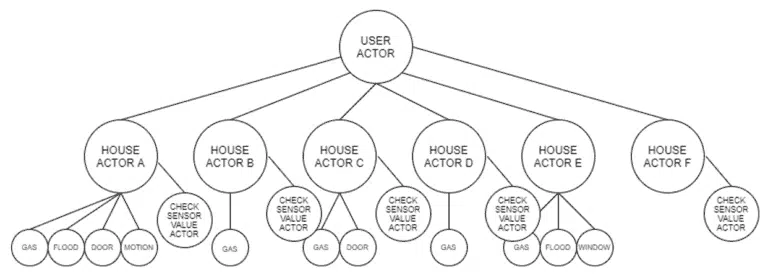This is cool!
The abstractions data/code/token seems to sit on different levels:
datais the top abstraction, abstracting away storage-related details;codeis a special type ofdata, which can be executed;tokenis a special type ofcode;
If so I'd suggest stating the different abstraction levels explicitly in the documentation. I also think "data" and "code" are pretty bad names ... I believe better choices exist, e.g. Store / Contract / Token would read clearer to me.
I have a question about the "MultiCoin Token" - why the prefix "MultiCoin"? Is "MultiCoin Token" a model of one token, or it is a model of an aggregation of tokens? Is a "MultiCoin Token" held by a user or issuer?

Add a draft of kuai proposal to elaborate on the motivation, design and schedule.
Preview: https://github.com/ckb-js/topics/blob/add-draft-of-kuai-proposal/README.md